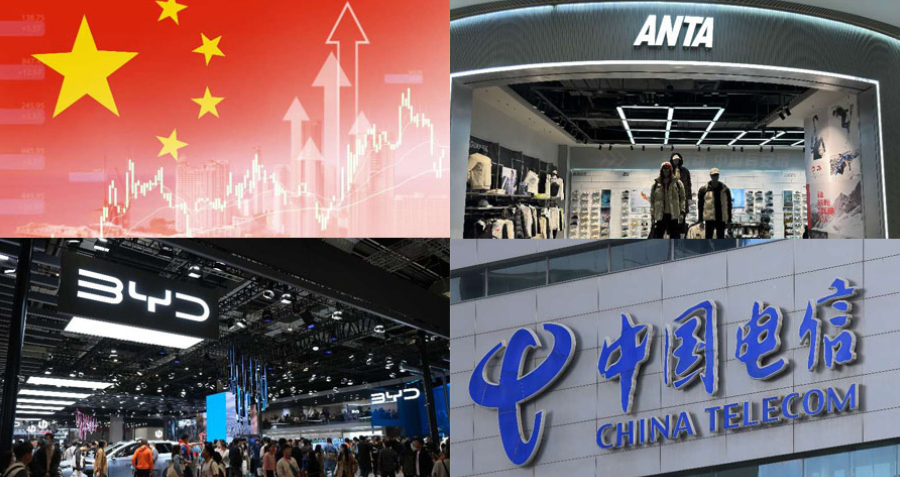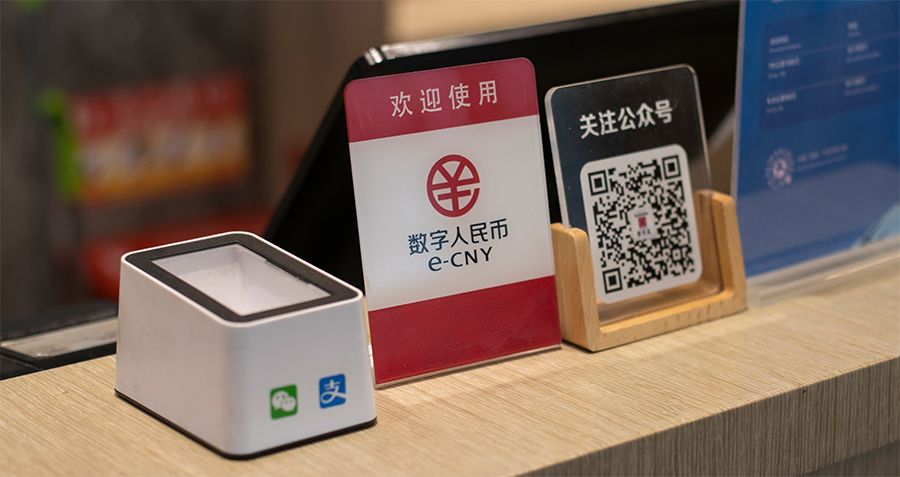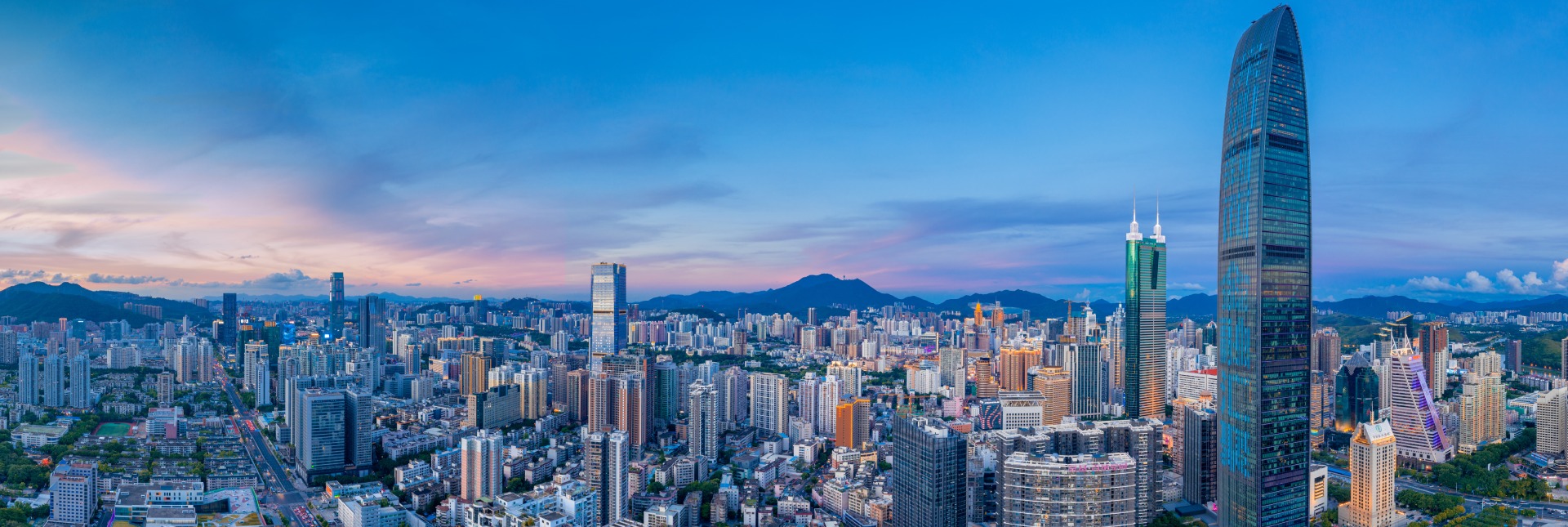Tao Zhigang, Professor of Strategy and Economics and Associate Dean, CKGSB
RCEP is an intermediate step to take before you finally reach CPTPP, offering a strategy of gradualism.
Why Is RCEP so Important?
The idea of RCEP was first conceived in 2011, followed by a very long period of difficult negotiations and finally a quick and somewhat surprising agreement in November 2020 in a virtual meeting. It shows the urgency and determination of the member countries in pushing for this trade agreement and using it as a catalyst for post-COVID economic recovery.
RCEP presents a major departure from the trend of deglobalization, which we have witnessed since 2017. The process of deglobalization, initiated by the Trump administration, has not yet been reversed since Biden took the presidency more than one year ago. So, it is good to have ten ASEAN countries together with five other economies, including some of the most important economies in the world (particularly China, Korea, and Japan), to have a new regional trade agreement, reinvigorating multilateralism. As RCEP includes a mix of high-income, middle-income, and low-income countries, it presents challenges in both the agreement and the actual implementation. However, I am confident that RCEP will make it work for each member country through a twenty-year window for reducing tariffs and ensuring a smooth transition to a more integrated world for all parties involved, paving ways for better and more sustainable multilateralism.

RCEP represents both opportunities and challenges to China. It showcases China’s willingness to embrace globalization.
It Is Not Geopolitics but Will Have Geopolitical Implications
Some commentators, especially those outside of Asia, consider RCEP and CPTPP as rival agreements, partly because China led RCEP whereas US used to lead CPTPP. I tend to think otherwise. Compared with RCEP, CPTPP aims at reaching much higher standards on labor and environmental issues, state ownership, government procurement, intellectual property rights protection, etc. So, if countries cannot agree on RCEP, it will be almost impossible to have CPTPP. In my view, RCEP is an intermediate step to take before you finally reach CPTPP, offering a strategy of gradualism. In this regard, it is not surprising that China hasindicated its interests in joining CPTPP shortly after the completion of RCEP negotiations.
One of the most important impacts of RCEP is to bring China and Japan together and facilitate more trade and investment between the two countries. This is because the two countries have not yet reached a bilateral trade agreement despite many years of effort.
If you follow Japanese media reports about Japan’s exports to China, which surpassed Japan’s exports to the United States in 2020, you realize that there has been some hesitation in Japan about its so-called over-reliance on the Chinese market. Likewise, my earlier work shows that the animosity between China and Japan dating back to the World War II still has adverse effects on their bilateral trade and investment (“Once an Enemy, Forever an Enemy? The Long-run Impact of the Japanese Invasion of China From 1937 to 1945 on Trade and Investment,” https://www.sciencedirect.com/science/article/abs/pii/S0022199615000021).
The economic models would suggest much more trade between China and Japan, not just because of the large size of the two countries (the bigger the size, the more the trade) but also because of the much shorter physical distance between Japan and China, versus Japan and the United States. Hopefully through RCEP, the two countries will have the level of economic cooperation and specialization predicted by the economic models, which in turn may lead to better political relations between China and Japan.

Opportunities for China
One obvious strategy made possible by RCEP is for export-orientated firms currently based in China to relocate part of its production to ASEAN. This is because of the rising labor costs in China on one hand and US tariff on China on the other hand. This set of firms includes both China’s indigenous firms and foreign affiliates operating in China. My own research (“The Impact of the US-China Trade War on Japanese Multinational Corporations,” supported by Japan’s Research Institute for Economy, Trade and Industry, or RIETI, https://www.rieti.go.jp/en/publications/summary/19070006.html ) shows that Japanese operations in China were caught in the middle during the US-China trade war, because many Japanese firms have used China as a low-cost production base for exporting to the United States.
The reorganization of supply chains away from China but within Asia partly explains the rising trade between China and ASEAN. Indeed, ASEAN has been China’s number one trading partner and become even more so with the passage of RCEP. According to the statistics from the General Administration of Customs of China, in 2021, China’s trade with ASEAN was RMB 5.67 trillion (USD $850 billion), ahead of its trade with the US (RMB 5.35 trillion which is USD $803 billion) and Europe (RMB 4.88 trillion which is USD $733 billion). In the first quarter of 2022, China’s trade with ASEAN, the EU, and the US reached RMB 1.35 trillion (USD $202 billion), RMB 1.31 trillion (USD $197 billion), and RMB 1.18 trillion (USD $177 billion), respectively, noting that China’s trade with Europe surpassing that with the US, possibly because of the rerouting of China’s export to the US via ASEAN.
As the United States and Europe face the highest inflation rate in the last 39 years, the reorganization of supply chains within Asia and the reinvigoration of the globalization through RCEP will offer an opportunity for Asia-based firms to provide affordable yet high-quality goods to the world thereby alleviating the pressure of rising inflation.

Challenges for China
One challenge for China is the job losses associated with the relocation of low-tech industries or low-skilled segments of high-tech industries from China to ASEAN. This is no different from some of the American workers who lost their jobs due to the offshoring and outsourcing of American multinationals overseas, especially to China, after China’s entry into the WTO in 2001. To deal with this challenge, the Chinese government is big on re-training and economic assistance programs (a type of redistribution program). Targeted poverty alleviation and common prosperity programs in China are something along this line, ensuring all parties in China benefit from its process of globalization.
Another and possibly even bigger challenge for China is that its high-tech industries and firms are expected to face import competition from Japan and Korea. Available evidence suggests, however, that the Chinese government is going to bite the bullet by exposing its high-tech industries and firms to Japanese import competition. The Chinese government feels the urgency of spurring its high-tech industries and firms to innovate in view of the imminent technological decoupling between the United States and China. And, based on the experience of China’s entry into the WTO more than twenty years ago, the Chinese government has the confidence that its high-tech industries and firms will rise to the challenge by moving toward the global technological frontier.
In sum, while RCEP represents both opportunities and challenges to China, it showcases China’s willingness to embrace globalization. It is expected that RCEP will help Asia come together, develop closer and deeper economic integration, and ultimately become the growth engine for the world in the twenty first century.





















